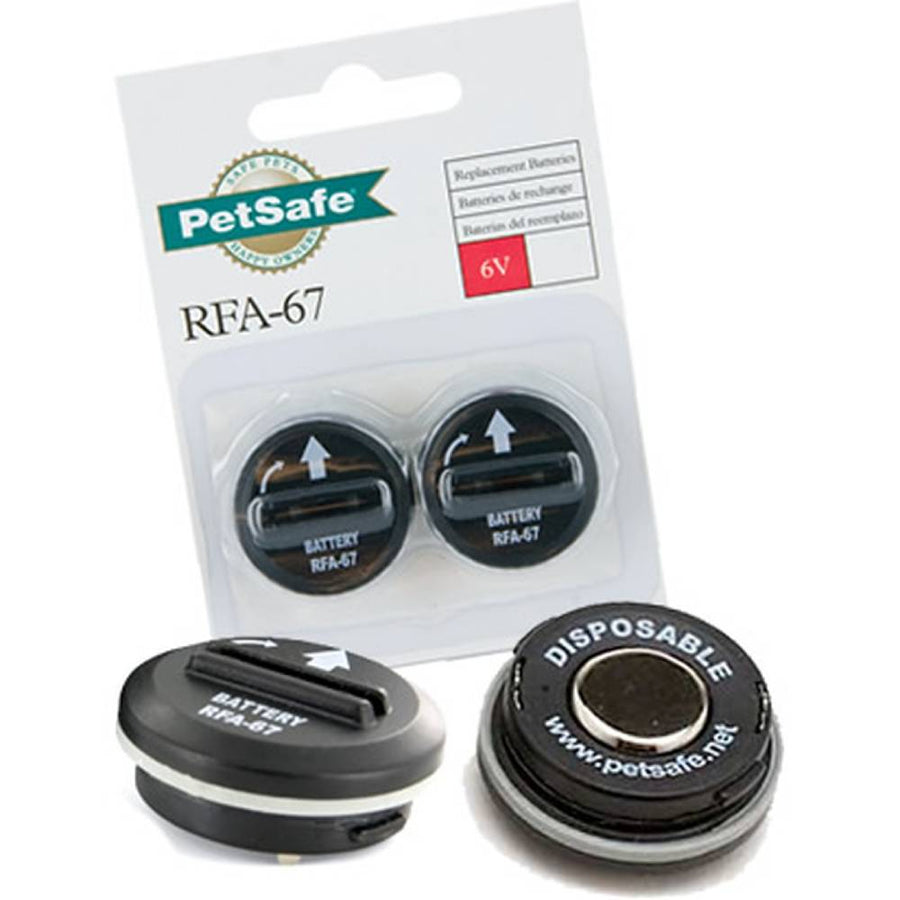Dog Training Tips
| Dogs are pack animals, that is, they enjoy being part of a group or family. Obeying orders, from a dog’s perspective, is part and parcel of belonging; making them feel secure and letting them know where they stand in rank of the pack. Teaching your dog some basic commands is the best thing you can do for her self-esteem. |
Every dog needs to know a few basic commands, but there is more to giving orders than saying “Sit” or “Come”. Dogs are not fluent in human language, although they can learn their names and a few short words. They take many of their cues from our body language. That’s why combing verbal commands with hand signals is a very effective way to begin.
Sit
Find your dog’s favourite treat and get his attention. Show him the treat in your hand and slowly move it up and over his head. As he follows your hand with his eyes, his butt will drift towards the floor and he will automatically sit. As this is happening, say the word “Sit” in a firm, but not angry tone of voice. Once his butt hits the floor praise him lavishly and give him the treat. Do this a few times a day for a few days and your dog will be sitting pretty!
Lie Down
Have your dog sit. Hold a treat in front of his face and move your hand towards the floor and back towards yourself a few inches (like a backwards L shape). Say the words “Lay Down” in a firm, but not angry tone of voice. As your dog follows your hand he with his eyes he will automatically lay down. When he does, give him the treat and lavish him with praise.
Stay
Once you have mastered “sit”, and “Lay down” it’s time to work on “stay”. While your dog is sitting, ( or laying down) show him the flat of your palm with your fingertips pointed upwards ( you’ll have a treat in the other hand, of course). Move back one step while saying the word “Stay” in a firm, but not angry voice. Return and offer a treat. Repeat hand signal and verbalization but this time, step back two steps, slowly increasing the length of time your dog must stay before being awarded a treat. After a while, when he is getting the hang of it, increase the amount of distraction in the room like noises and people shuffling about so that he will learn to stay when you tell him to, no matter what is going on around him.
Come
First, have your dog sit and stay. Start by facing your dog from a few feet away. Your hands should be at your sides and, of course, a treat in your hand. Say your dog’s name and the word “come” in a firm, but not angry voice. As you say “come” sweep your arm up and out to the side, (so he can see the treat) then forward to the chest. When he gets to you award him the treat and lavish him with praise. Over time increase the distance you are apart as you practice the command.








